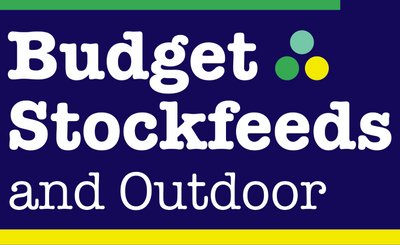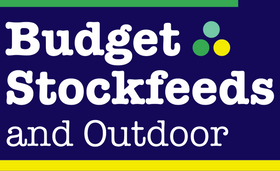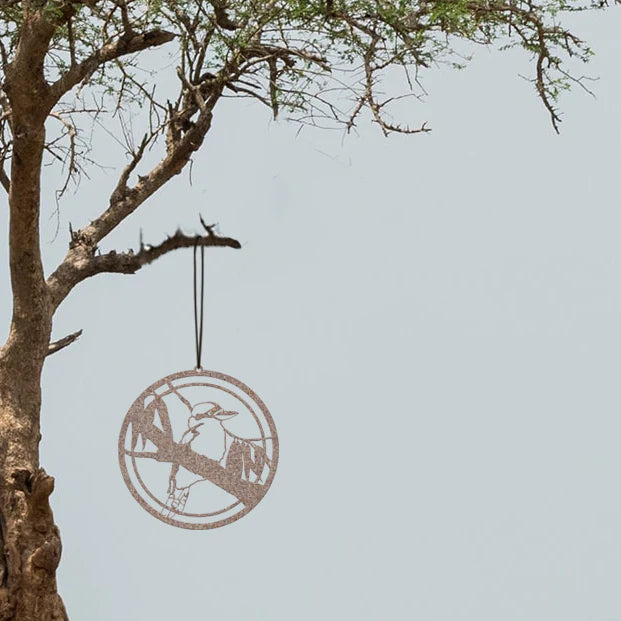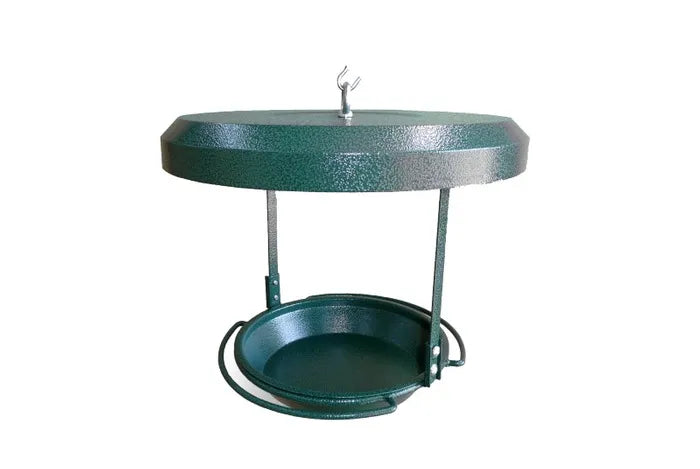Birds of Paradise: Crafting the Ultimate Bird-Friendly Garden
Did you know there are over 800 species of native birds in Australia? Many are endangered, so we can all do our best to help support our feathered friends. This can start with our garden, big or small! Creating a bird-friendly garden goes beyond planting the right flora. It also involves understanding and catering to the dietary needs of various bird species, from the common backyard visitors to the more specialized insectivorous and carnivorous birds. This comprehensive guide will provide insights into creating a haven for all these birds.
-
Evaluate and Enhance Your Existing Garden
Start by assessing the current plant life in your garden. Enhance it with plants that offer missing resources, ensuring a variety of blooming plants for year-round sustenance. Don't forget a water source like a birdbath or garden pond.
-
Choose Native Plants
Native plants provide appropriate food and shelter for local birds and are less likely to become invasive.
-
Plant for Variety
Ensure your garden has plants that offer different resources throughout the year, catering to various bird dietary needs.
-
Plan Your Bird Habitat Strategically
Create a layered habitat with a range of plants, from groundcovers to trees. This attracts diverse bird species.
-
Prepare Your Garden Mindfully
Use low-phosphorus fertilizers or organic mulches for soil health, and reduce lawn space in favour of native grasses and garden beds.
-
Care for Your Garden Naturally
Regularly remove invasive weeds, mulch garden cuttings on-site, and limit chemical use.
Feeding Tips for All Birds
- Natural Diet Compatibility: Always choose foods that align with their natural diet. Avoid minced meat and honey-water mixes, which lack essential nutrients.
- Moderation: Feed birds small amounts as treats, not meal replacements.
- Safe Feeding Stations: Place feeders out of predators' reach.
- Cleanliness: Regularly clean feeding stations with a dilute bleach solution.
- Feeding Time Variability: Vary the time of day for feeding.
- Observation: Cease feeding if you notice large flocks or signs of illness.
Feeding Carnivorous and Insectivorous Birds
When feeding these birds, choose a complete food formulated specifically for their dietary needs:
- High Protein Content: About 52% protein.
- Calcium Balance: Essential for bone health.
- Natural Diet Mimicry: Replicates the nutrient content of their natural prey.
- Low Carbohydrate: Avoid fillers like wheat, rice, or cereal.
Creating a Harmonious Ecosystem
By integrating these guidelines into your gardening and feeding practices, you create not just a garden but a thriving ecosystem that supports a diverse range of bird life. Your garden becomes a sanctuary where birds can flourish, offering you the joy of observing a variety of feathered visitors throughout the year.
Looking for the best deals in Mornington? Check out our local store for exceptional products, unbeatable prices, and great advice.
Check out the species in your area: https://birdlife.org.au/bird-profiles/Also, check out BirdLife Mornington Peninsula.
Located on Victoria's Mornington Peninsula, they conduct regular outings as well as monitor bird nesting boxes erected in local bushland.
https://birdlife.org.au/groups/birdlife-mornington-peninsula/







